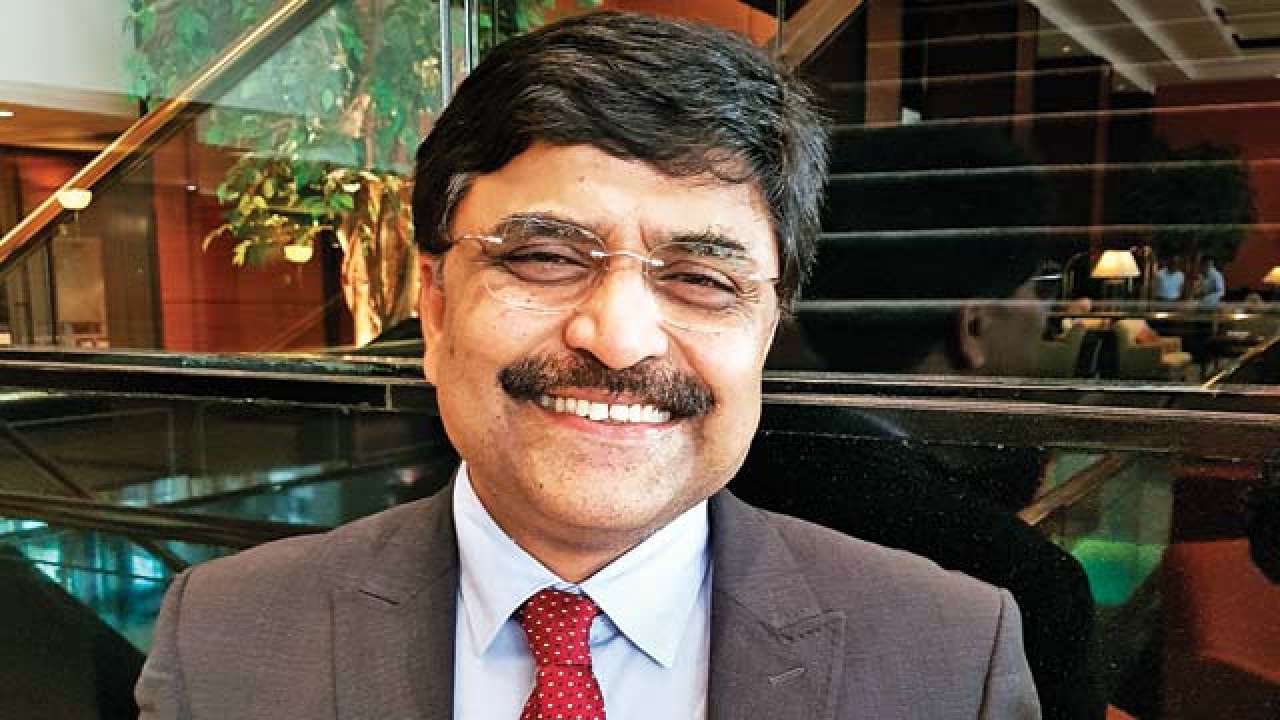
With the Centre’s push for electricity for all, power financing firm Rural Electrification Corporation (REC) sees major growth coming from renewable energy, transmission, distribution, smart grid and turnkey projects overseas through subsidiaries. REC chairman and managing director P V Ramesh, in an interview with Sanjay Jog, spells out company’s strategy until 2022.
The Central Electricity Authority has projected an annual investment requirement of Rs 2.50 lakh crore by 2022 to meet the target of power for all. We are positioning ourselves in system strengthening, improvement in the intra-state transmission capacity, strengthening of the distribution system, up-gradation of transformers, rise in generation capacity, smart metering, smart gird development. This will help bridge the rural-urban gap. The government’s ambition is to add 175 gigawatt of renewable energy within the next five years. REC, being a major player in the renewable energy segment, will strive to finance larger renewable projects going forward. Our sanctions in the renewable energy segment during Q1 have been Rs 2,500 crore. This apart, REC will also tap financing opportunities in the power evacuation infrastructure, storage infrastructure, electric vehicles and charging infrastructure. We propose to work with states to prepare the financing plan for the same. Thus, the loan growth will be predominantly from transmission and distribution followed by renewable energy under generation space.
REC has set an ambitious disbursement target of Rs 3 lakh crore by 2022, Rs 60,000 crore per year for next five years. This will be across the value chain, across the spectrum. During 2016-17 we did disbursement of Rs 60,000 crore and in the current fiscal we are expecting disbursements up to Rs 70,000 crore.
Our strategy has been to raise resources at the most competitive rates. We recently raised $450 million through green bonds. It will be a mix of domestic and foreign borrowing. Of the annual fund requirement, nearly 15 to 20% will be through foreign borrowing and the balance will come from domestic and internal accruals. This year, we have a target of Rs 50,000 crore, approximately $8 billion, of which $1.5 billion will be international borrowings. We raised $1 billion worth international borrowing in 2016-17. This depends on demand, pricing in domestic vis-à-vis international markets, exchange rate mechanism, the interest rate, the Libor, the US treasury yield. The objective is to raise resources at the most competitive and cheapest possible way so that we, in turn, are able to finance projects at the most competitive rates. In turn, this will contribute to lower pricing of the power.
For the next five years, we would grow in a robust way at 10 to 15% annually and should sustain that momentum and continue to be profitable.
We have appointed EY as a consultant to review the entire processing. CAG report does not pertain to REC alone. CAG has said that REC has complied with the RBI stipulations. There are some generic observations we have taken note of it and will act on it. We are very serious as it is a very important document. However, several of those observations do not pertain to REC.